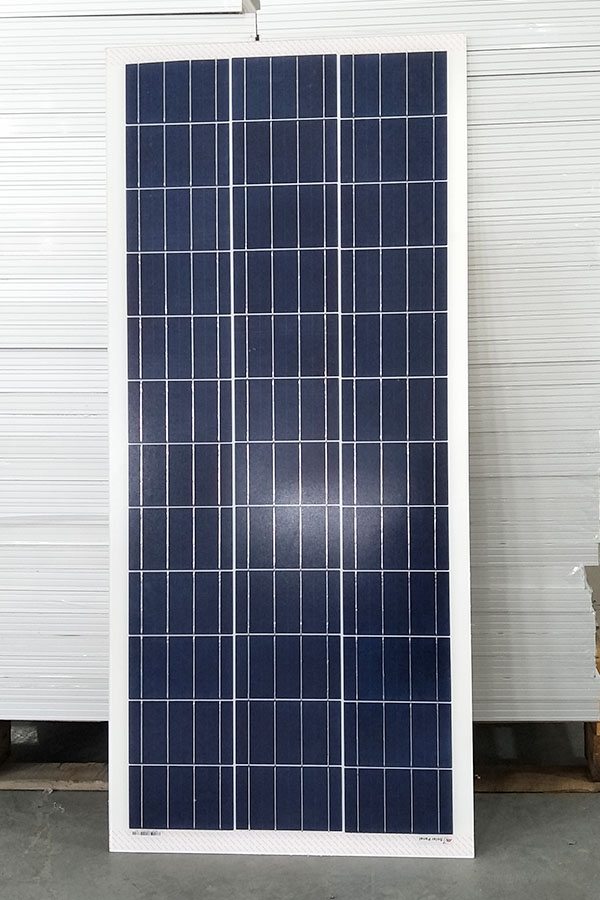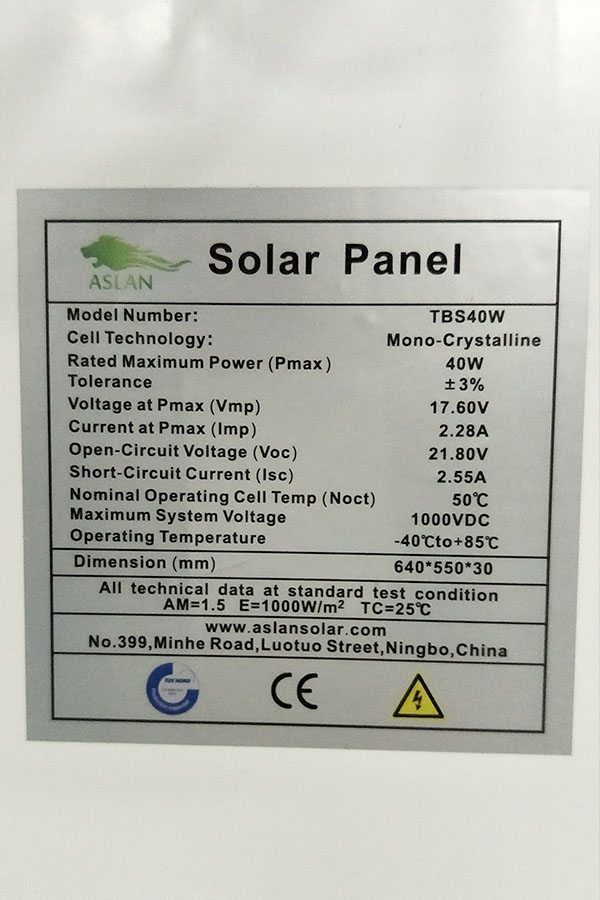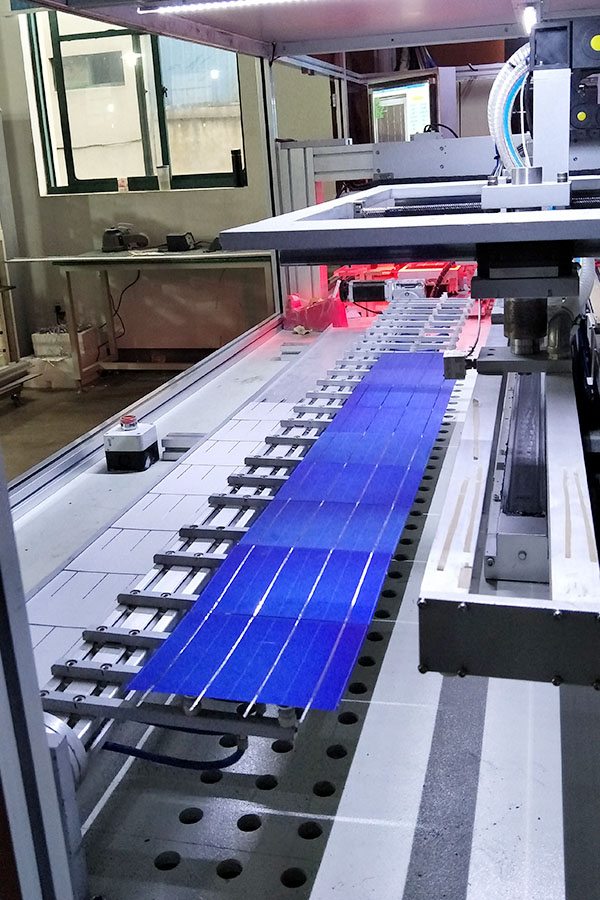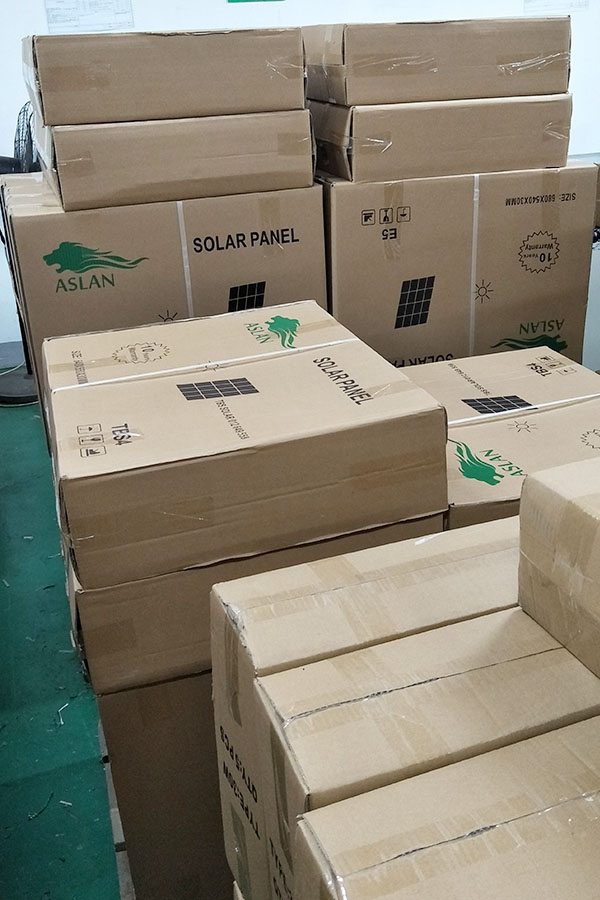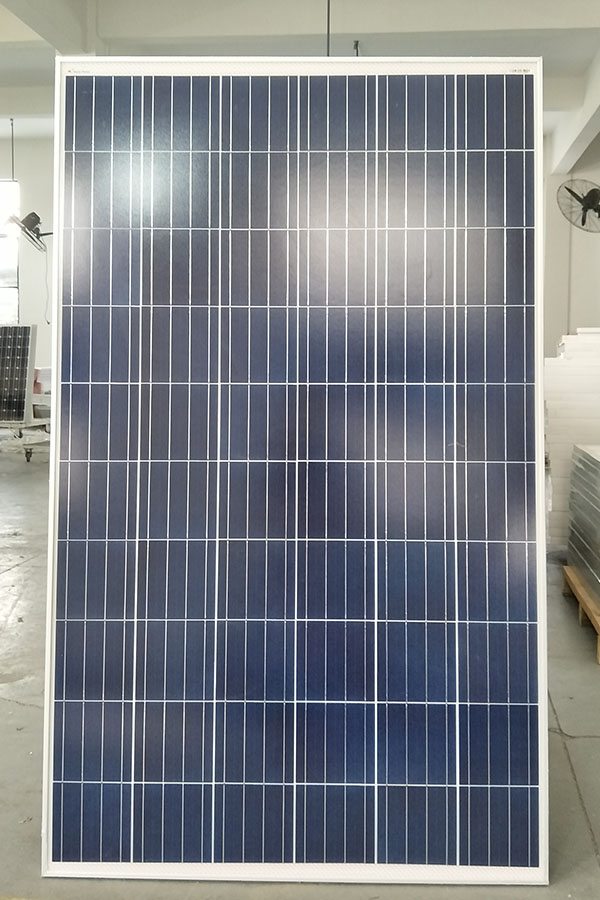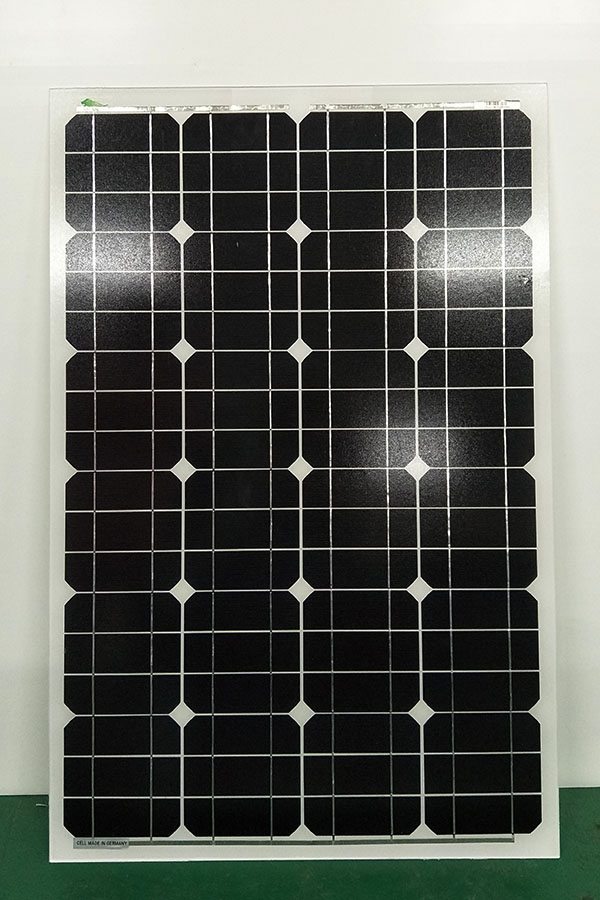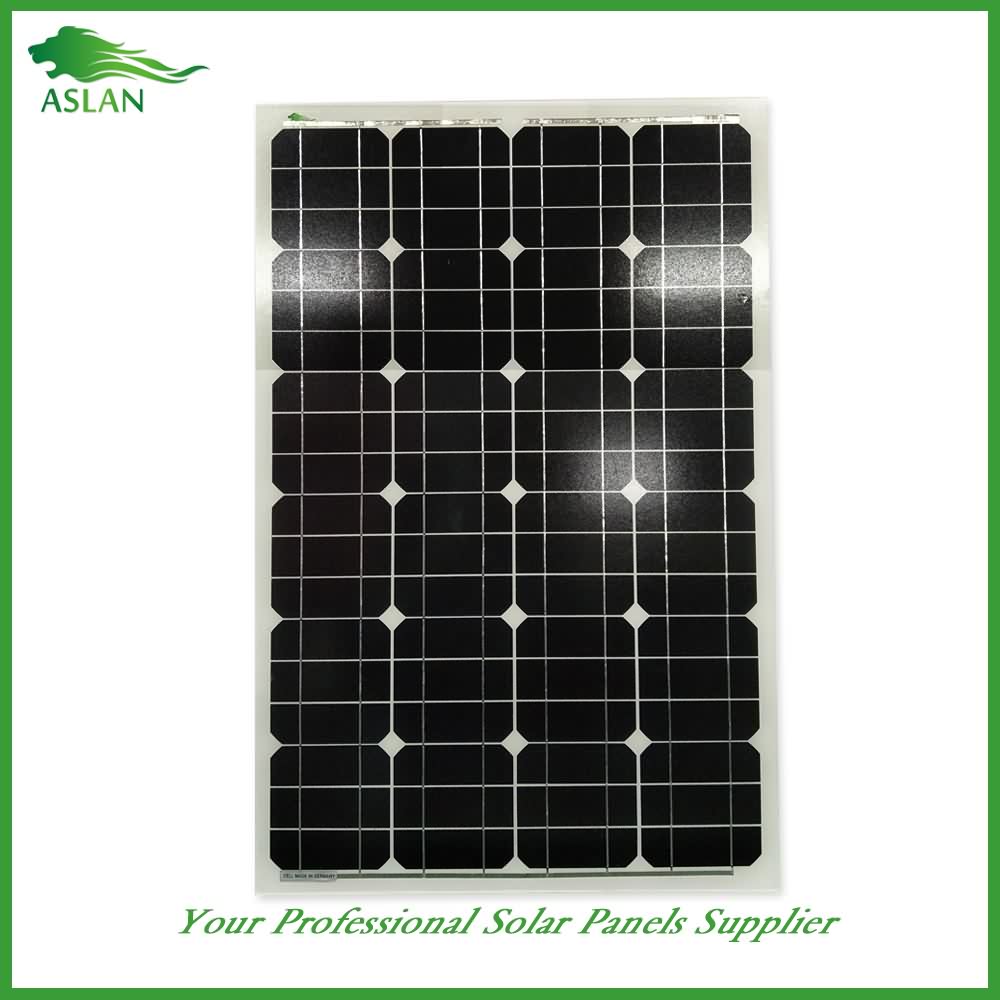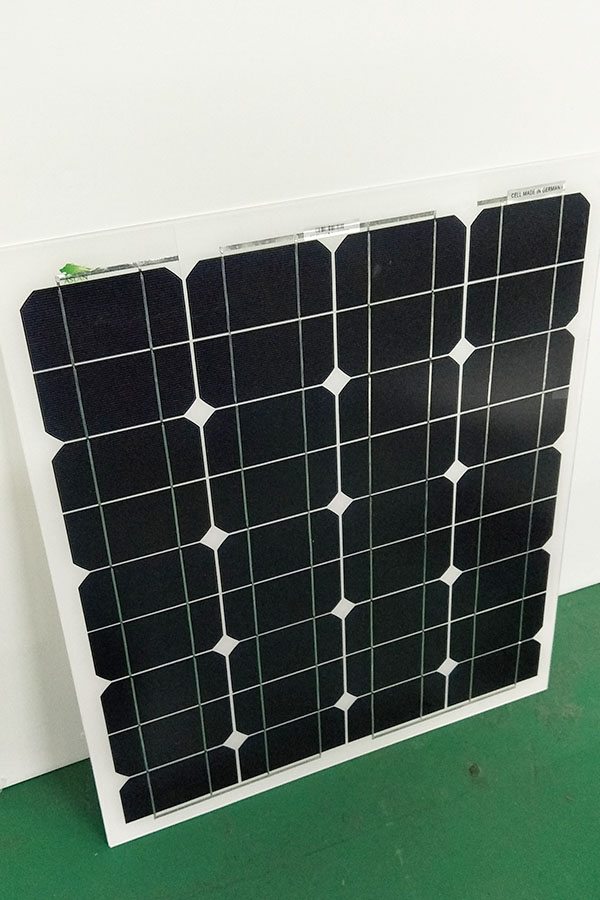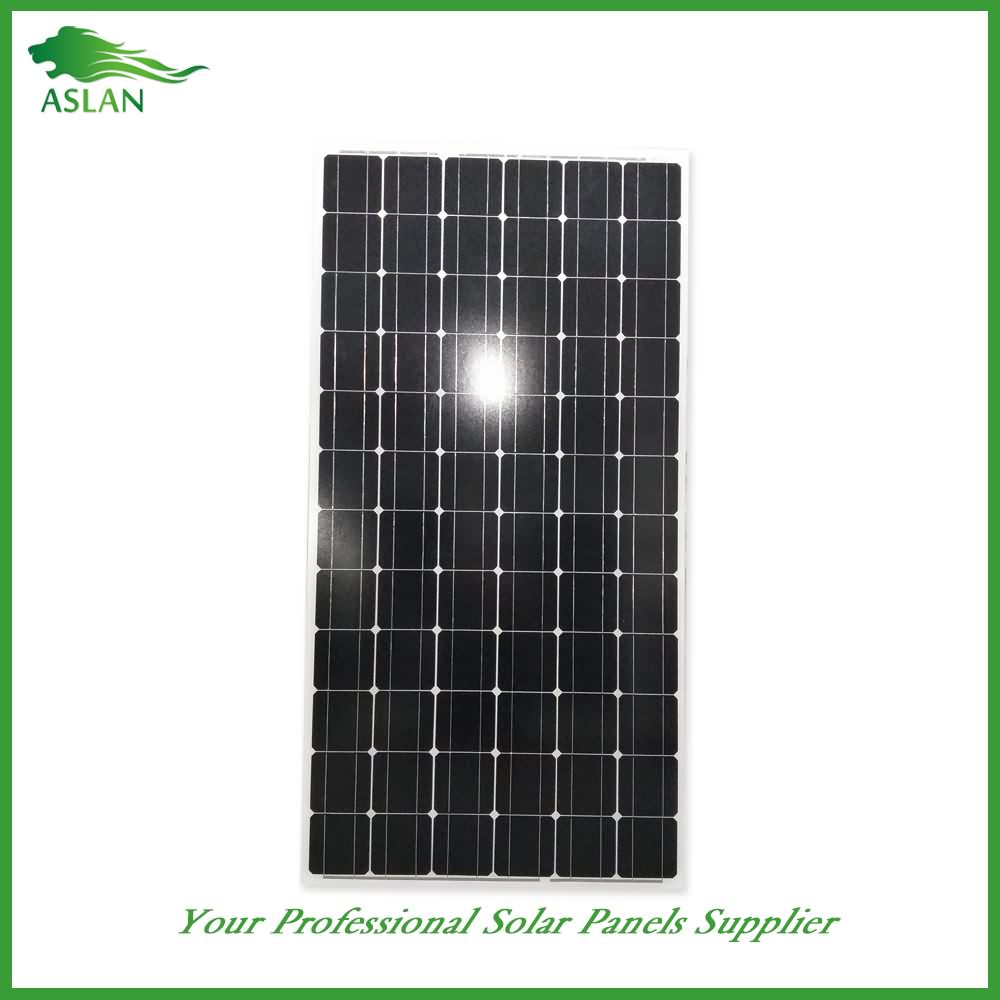21 Years Factory Poly-crystalline Solar Panel 90W Factory in Wellington
Short Description:
We stick to our enterprise spirit of "Quality, Efficiency, Innovation and Integrity". We aim to create more value for our customers with our rich resources, advanced machinery, experienced workers and excellent services for 21 Years Factory Poly-crystalline Solar Panel 90W Factory in Wellington, We invites you and your enterprise to thrive together with us and share a bright future in global market.
Poly-crystalline Solar Panel 90W
Technical parameter
Maximum Power(W) 90W
Optimum Power Voltage(Vmp) 18.33V
Optimum Operating Current(Imp) 4.91A
Open Circuit Voltage(Voc) 21.96V
Short Circuit Current(Isc) 4.89A
Mechanical Characteristics
Cell Type Poly-crystalline 156x104mm (6 inch)
No of Cell 36 (4x9pcs)
Dimensions 1008x678x35mm
Weight 8.0KGS
Front Glass 3.2mm,High Transmission, Low Iron,Tempered Glass
Junction box IP65 Rated
Output Cable TUV 1×4.0mm2/UL12AWG,Length:900mm
Temperature and Coefficients
Operating Temperature(°C): -40°C ~ + 85°C
Maximum System Voltage: 600V(UL)/1000V(IEC) DC
Maximum Rated Current Series: 15A
Temperature Coefficients of Pmax: -0.435%
Temperature Coefficients of Voc: -0.35%
Temperature Coefficients of Isc: 0.043%
Nominal Operationg Cell Temperature (NOCT): 47+/-2°C
Materials of solar panel
1).Solar Cell——Poly-crystalline solar cell 156*104mm
2).Front Glass——-3.2mm, high transmission, low iron, tempered glass
3).EVA——-excellent anti-aging EVA
4).TPT——-TPT hot seal made of flame resistance
5).Frame——anodized aluminum profile
6).Junction Box——-IP65 rated, high quality, with diode protection
Superiority: high quality anodized aluminum frame, high efficiency long life, easy installation, strong wind resistance, strong hail resistance.
Features
1. High cell efficiency with quality silicon materials for long term output stability
2. Strictly quality control ensure the stability and reliability, totally 23 QC procedures
3. High transmittance low iron tempered glass with enhanced stiffness and impact resistance
4. Both Poly-crystalline and Mono-crystalline
5. Excellent performance in harsh weather
6. Outstanding electrical performance under high temperature and low irradiance
Quality assurance testing
Thermal cycling test
Thermal shock test
Thermal/Freezing and high humidity cycling test
Electrical isolation test
Hail impact test
Mechanical, wind and twist loading test
Salt mist test
Light and water-exposure test
Moist carbon dioxide/sulphur dioxide
The demand for energy is expected to grow 30% by 2040. What role can engineers play in developing renewable energy sources? In this course, you will explore the some of the science, math, and technology that is used to extract energy from renewable resources.
You will:
• Apply engineering concepts and principles to solving renewable energy issues
• Examine how wind energy and solar power systems work
• Learn how to determine the efficiency of an energy system
• Understand the concepts of energy conversion, work, and power
• Construct a plan for providing wind and solar energy to an area of your interest.
This is an online pre-college course at Brown University. Click here for course information: brown.edu/ce/pre-college/catalog/course.php?course_code=CEEN0917
—
Additional Music/Footage:
1. “Going To” by Jahzzar is licensed under CC BY-SA 3.0
2. “High Level meeting on ICT in Hong Kong” by South-South News is licensed under CC BY 3.0
3. “In Conversation: Aung San Suu Kyi with Michael Fullilove” by Lowy Institute is licensed under CC BY 3.0
freemusicarchive.org/music/jahzzar/home/going_to // freemusicarchive.org/music/Jahzzar/ // creativecommons.org/licenses/by-sa/3.0/
vimeo.com/78581876 // vimeo.com/user7940479 // creativecommons.org/licenses/by/3.0/
vimeo.com/82158495 // vimeo.com/lowyinstitute // creativecommons.org/licenses/by/3.0/
Our solar panel with tracking system
